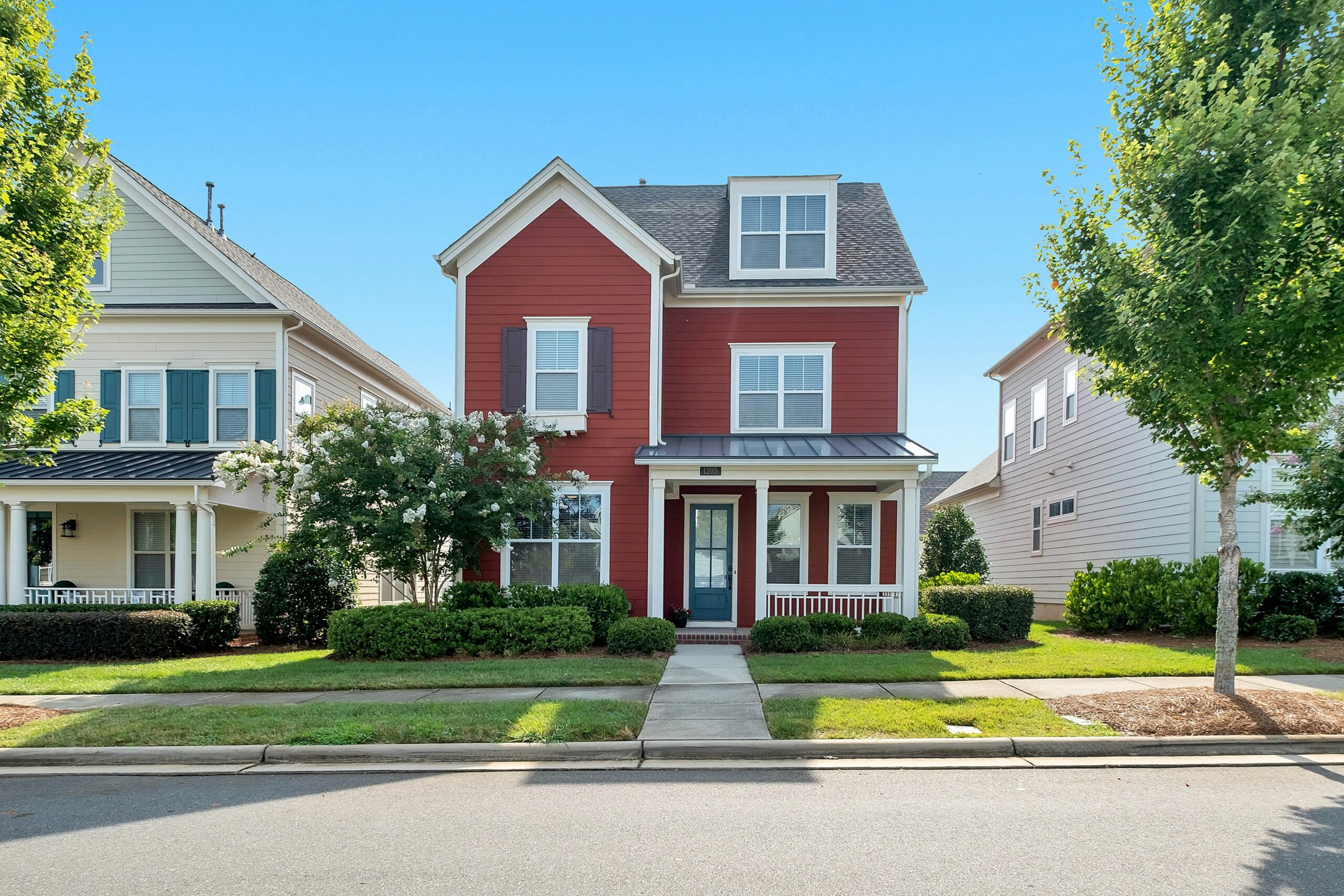
The real estate industry is undergoing a significant transformation as sustainability becomes a top priority for developers, real estate investors, and homeowners. With rising environmental concerns and increasing consumer demand for eco-friendly living, green practices are no longer optional—they are essential. Furthermore, advancements in technology and construction methods are making sustainable solutions more accessible and cost-effective than ever before. This shift marks a turning point in how properties are built, managed, and valued in today’s market.
Energy-Efficient Building Design
One of the most prominent developments in sustainable real estate is the growing emphasis on energy-efficient building design. Architects and engineers are now integrating innovative materials and construction techniques to significantly reduce energy consumption. For instance, the use of insulated concrete forms, triple-pane windows, and cool roofing systems ensures that properties remain energy-efficient throughout the year. Additionally, many buildings now employ passive solar design, which strategically harnesses sunlight for heating and natural lighting, reducing reliance on artificial sources.
Moreover, technology plays a key role in driving these improvements. Advanced energy modeling software allows developers to simulate building performance before construction even begins. Consequently, projects can achieve optimal efficiency while meeting green certification standards such as LEED or BREEAM. As a result, both residential and commercial properties benefit from lower utility bills and increased long-term value.
Renewable Energy Integration
Another vital development in green real estate is the widespread adoption of renewable energy sources. Solar panels, once considered a luxury, have become a common feature in new residential and commercial buildings. In addition, wind turbines, geothermal heating systems, and community solar farms are being incorporated to provide clean, renewable power on a larger scale. Transitioning away from fossil fuels not only reduces carbon footprints but also enhances energy security for property owners.
Furthermore, developers are finding innovative ways to integrate renewable systems seamlessly into building designs. For example, solar roof tiles seamlessly blend aesthetics with functionality, while battery storage solutions ensure a consistent energy supply even during periods of peak demand. This transition fosters resilience against grid outages and promotes independence from traditional utility providers. Significantly, the integration of renewable energy also enhances property appeal to eco-conscious buyers and tenants, thereby boosting competitiveness in the real estate market.
Sustainable Materials and Construction Practices
Equally important is the shift toward sustainable building materials and construction methods. Instead of relying heavily on concrete and steel, which generate significant emissions, developers are increasingly using alternatives such as bamboo, recycled steel, and reclaimed wood. These materials not only lower the environmental impact but also create healthier indoor environments by minimizing exposure to toxins and pollutants.
Additionally, construction companies are adopting waste reduction strategies. For example, modular and prefabricated building techniques minimize material waste while shortening construction timelines. At the same time, innovations such as 3D printing allow for precise resource allocation, further enhancing sustainability. These changes, therefore, support the broader goal of creating a circular economy within the real estate sector, where materials are reused, recycled, and repurposed rather than discarded.
Smart Technology for Sustainable Living
Alongside materials and energy, innovative technology is reshaping sustainable living practices. Modern buildings are equipped with intelligent systems that monitor and manage energy use, water consumption, and air quality in real time. Smart thermostats, lighting systems, and appliances adapt to user behavior, ensuring maximum efficiency without compromising comfort.
Additionally, property managers and residents benefit from data-driven insights. By analyzing consumption patterns, they can make informed decisions to cut waste and improve sustainability. These advancements not only reduce operational costs but also align with growing consumer expectations for environmentally responsible living. As a result, innovative technology has become a cornerstone of modern green real estate practices.
Urban Planning and Green Infrastructure
Sustainable real estate extends beyond individual buildings to the communities in which they are located. Urban planning now incorporates green infrastructure, such as parks, green roofs, and rainwater harvesting systems, to enhance livability while addressing environmental challenges. Moreover, mixed-use developments encourage walkability, reducing dependence on cars and lowering emissions across entire neighborhoods.
Equally important, city planners are integrating climate resilience into their designs. For instance, flood-resistant foundations and permeable pavements help manage stormwater effectively, while green spaces mitigate the urban heat island effect. These measures demonstrate that sustainable real estate is not only about individual structures but also about fostering environmentally responsible communities that support long-term resilience.
The Future of Green Real Estate
Looking ahead, the future of sustainable real estate will be shaped by both innovation and regulation. Governments worldwide are tightening building codes and offering incentives for energy-efficient and eco-friendly construction. As a result, developers are motivated to adopt cutting-edge practices that align with policy frameworks.
At the same time, investor interest in green real estate continues to grow. Many funds now prioritize environmental, social, and governance (ESG) criteria when evaluating projects. This trend ensures that properties with strong sustainability credentials will attract higher valuations and greater market demand. Ultimately, the combination of policy, innovation, and consumer preference will continue to push sustainable real estate into the mainstream.
Sustainable and green real estate practices represent a new standard for the industry. From energy-efficient designs and renewable energy systems to sustainable materials and innovative technologies, developers are creating buildings that strike a balance between functionality, comfort, and environmental responsibility. Additionally, urban planning and regulatory support ensure that these efforts extend beyond individual properties to entire communities. With ongoing innovation and growing demand, the real estate sector is poised to play a pivotal role in shaping a greener, more sustainable future.